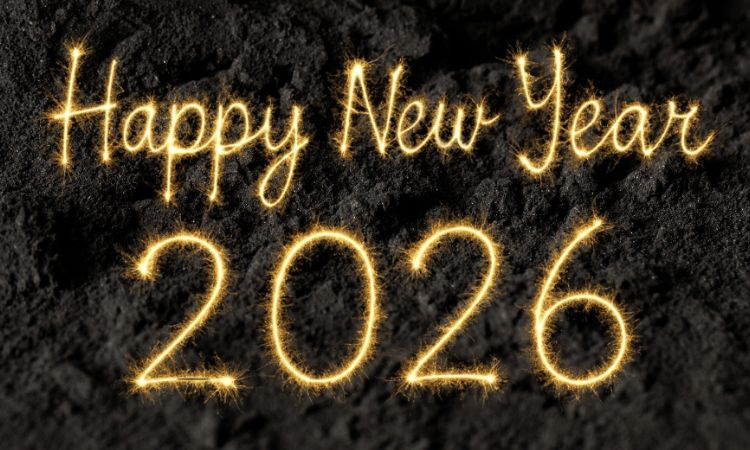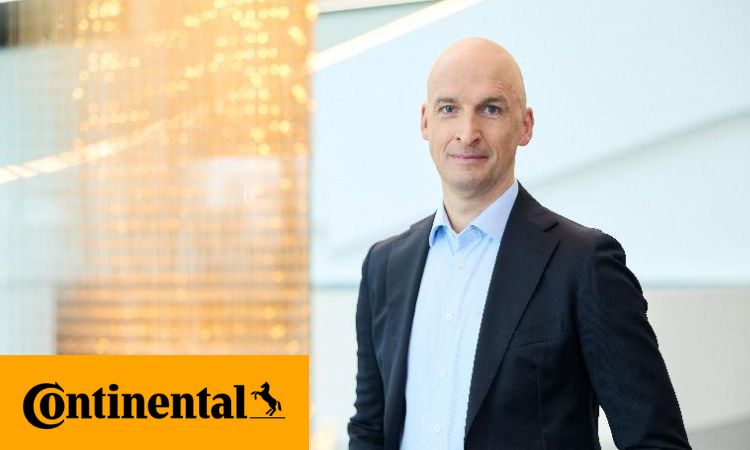Australian scientists raise concerns and call for regulation of synthetic turf use
According to a recent article by Hawkesbury Post, Australian government scientists have expressed increasing concerns about the potential risks to human health and the environment posed by synthetic turf, and they are calling for further investigation and regulation of its use.
A new report by the Chief Scientist of New South Wales (NSW) reveals the presence of toxic chemicals, including heavy metals and volatile organic compounds, in the rubber infill of synthetic turf. However, it is still important to find out if there is a risk of migration or if it is just a presence.
The report, titled "Independent review into the design, use, and impacts of synthetic turf in public open spaces," highlights the environmental impact of synthetic grass. It coincides with a surge in the use of synthetic turf for sports fields in NSW, with the number of synthetic fields increasing from 24 in 2014 to 181 at present. The report emphasizes the need for increased scrutiny and a shift towards natural grass fields.
While recognizing the benefits of synthetic turf, the report emphasizes the need for further research, collaboration among stakeholders, and the development of guidelines for safe and sustainable use. The report also suggests exploring alternative products and considering the environmental costs of synthetic turf compared to natural grass fields.
Although the report does not call for an immediate ban, it echoes discussions held in Europe and raises questions about the future direction Australia may take in regulating synthetic turf.
The response from the NSW government to the report's findings is pending.
To learn more about the report, proceed to the original article.
Weibold is an international consulting company specializing exclusively in end-of-life tire recycling and pyrolysis. Since 1999, we have helped companies grow and build profitable businesses.









